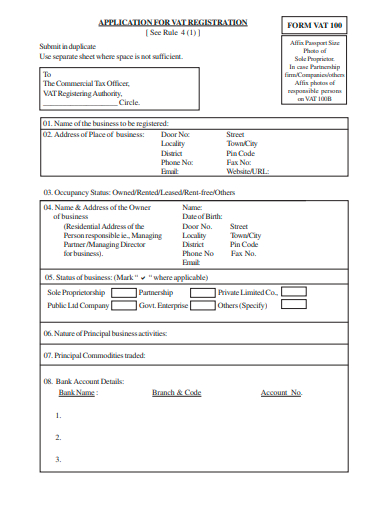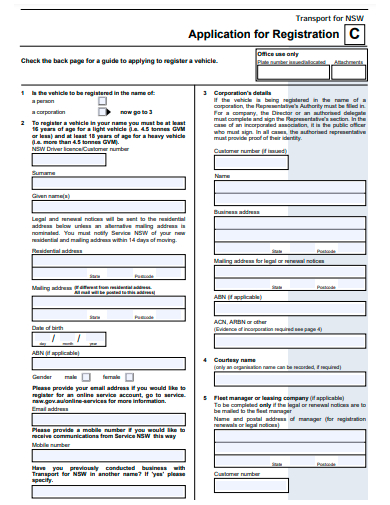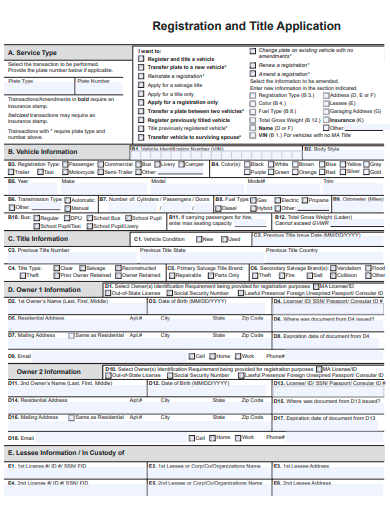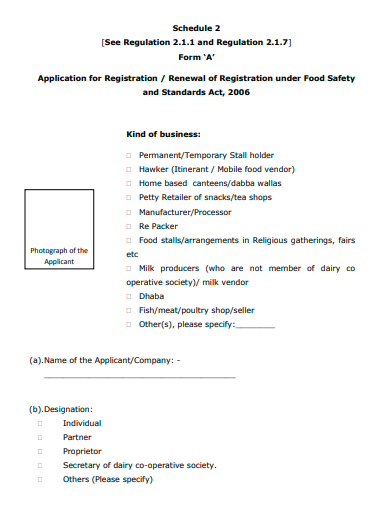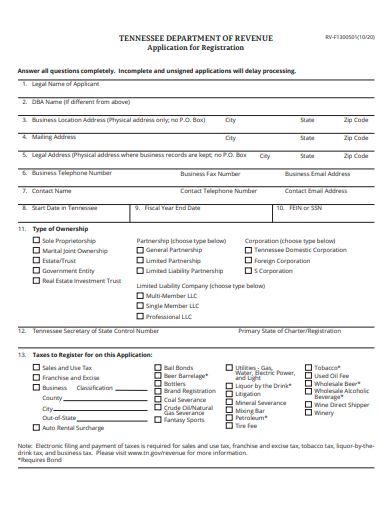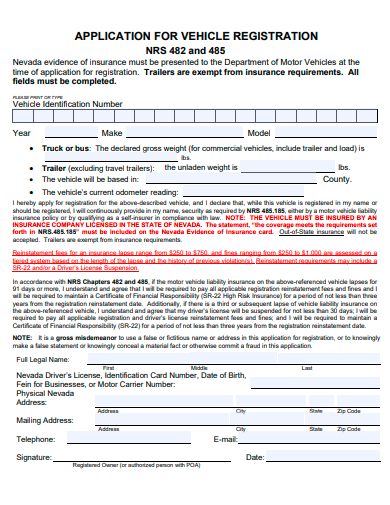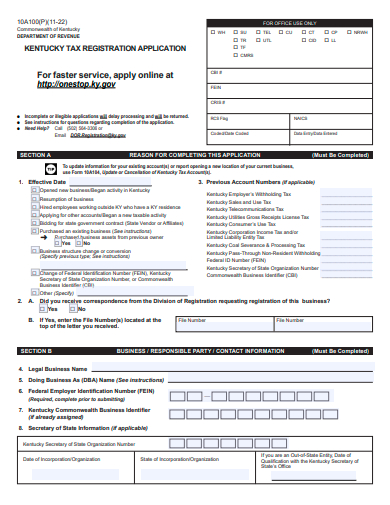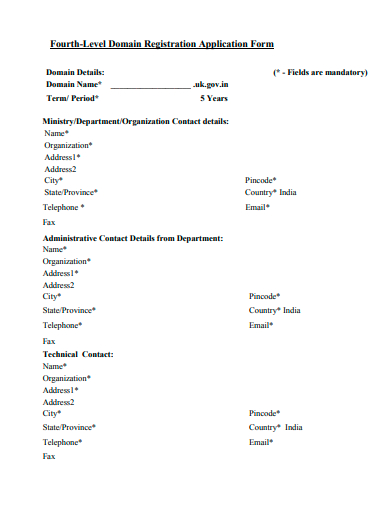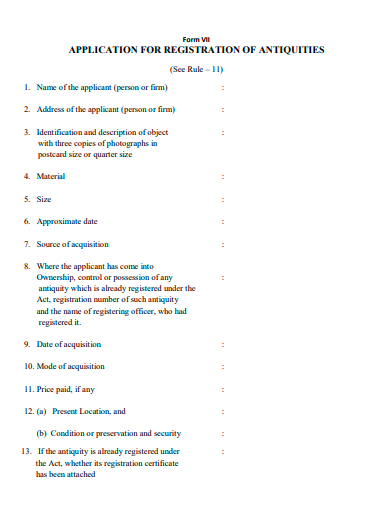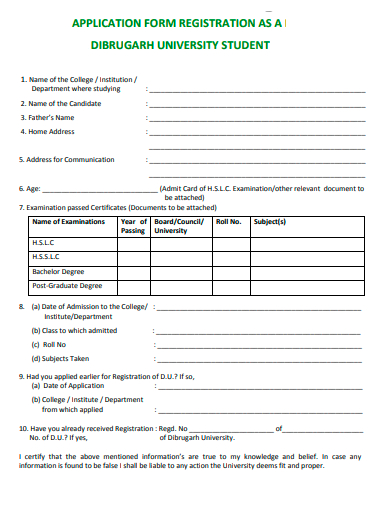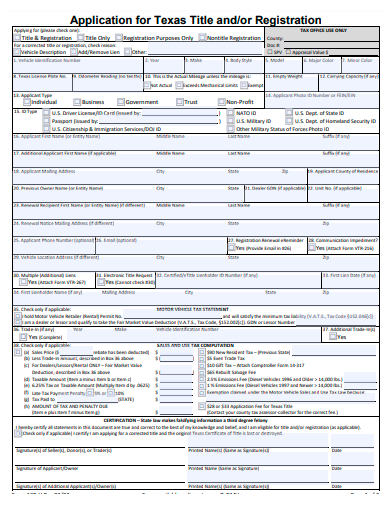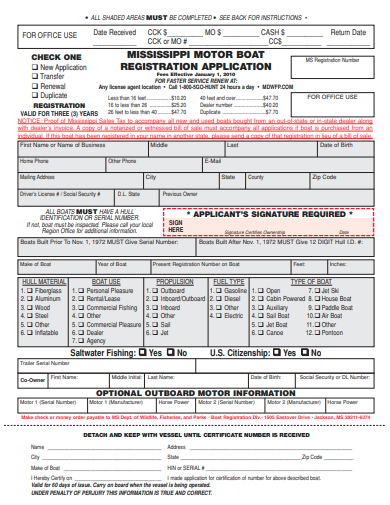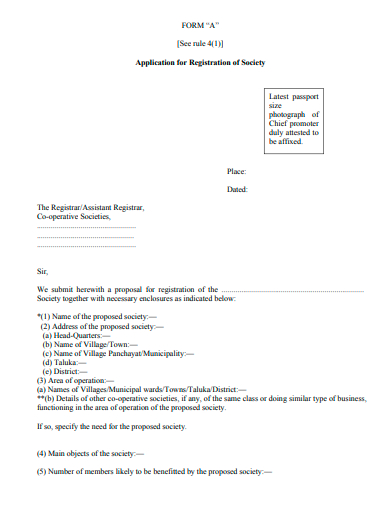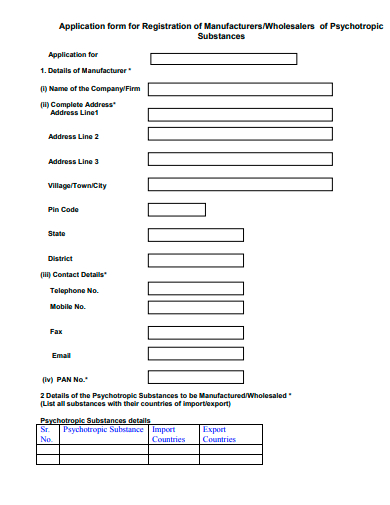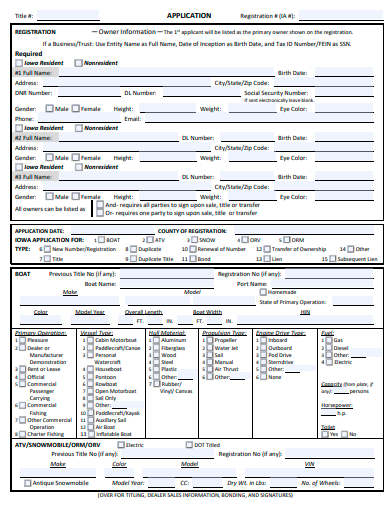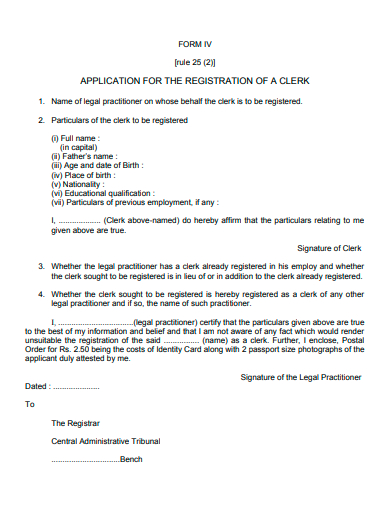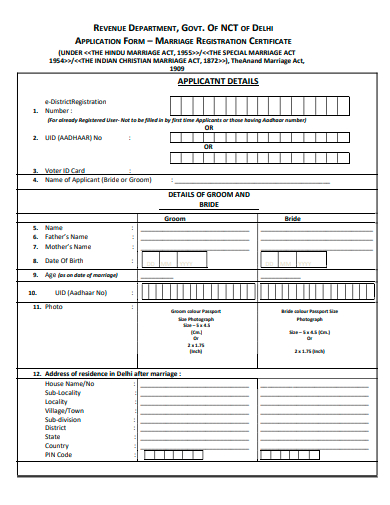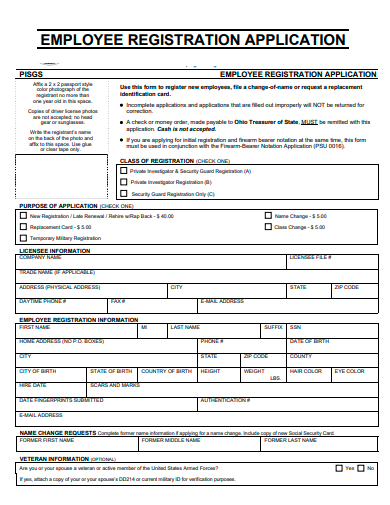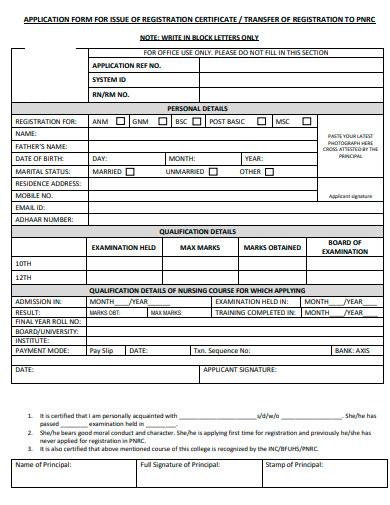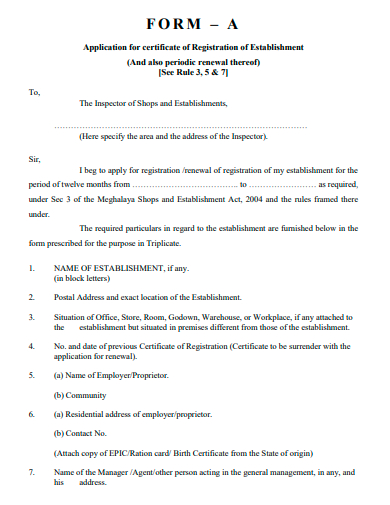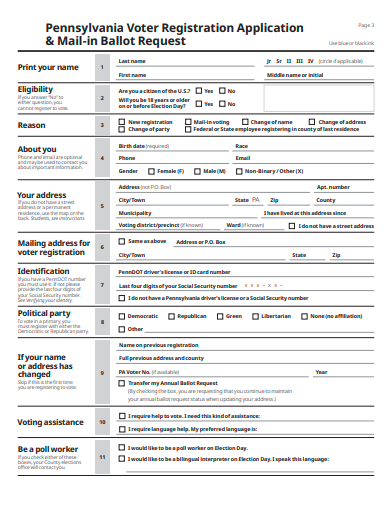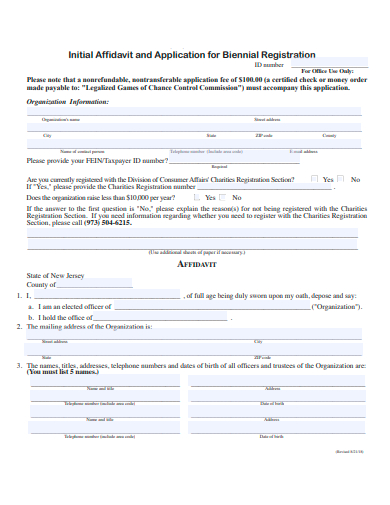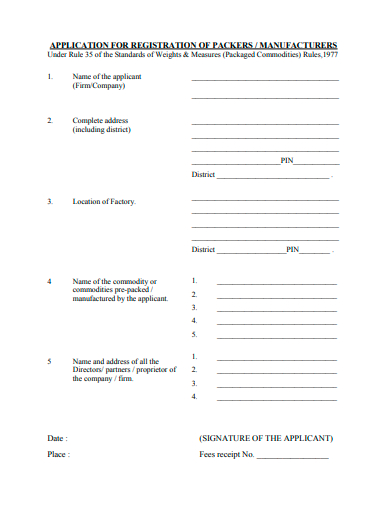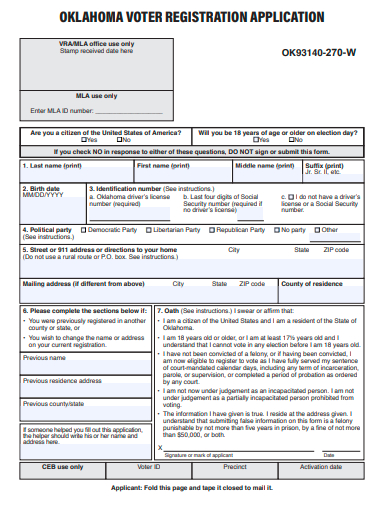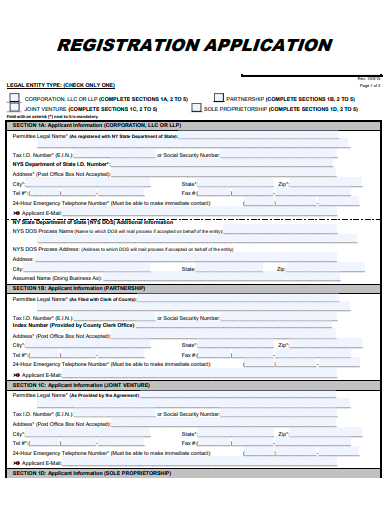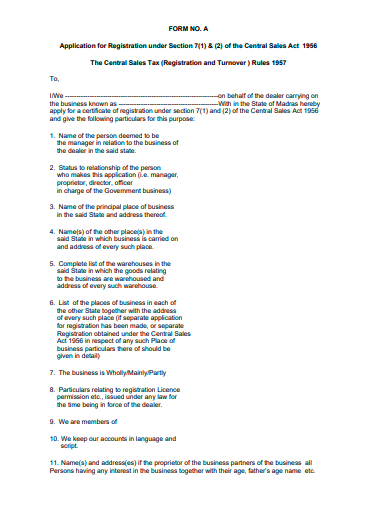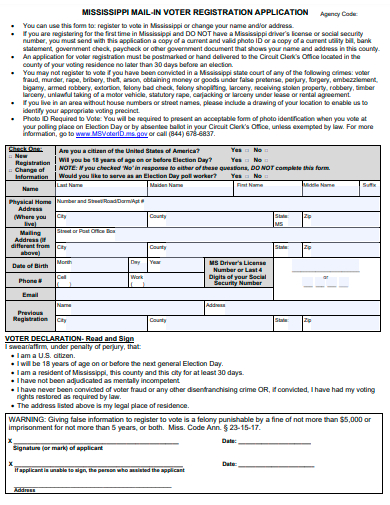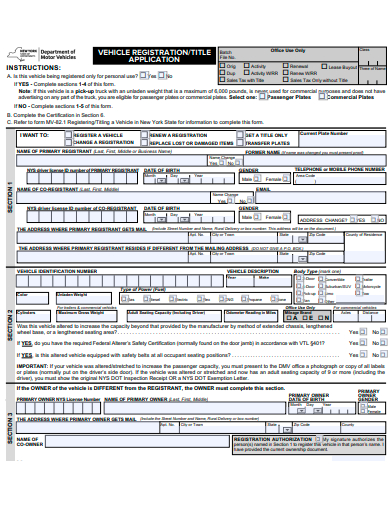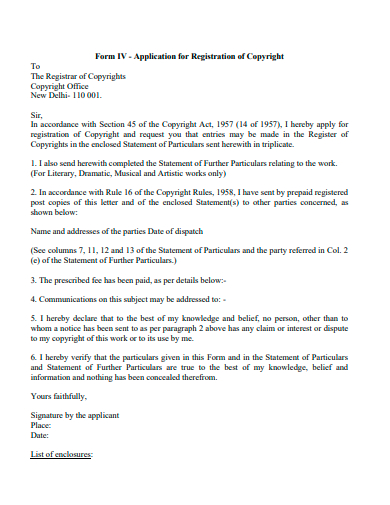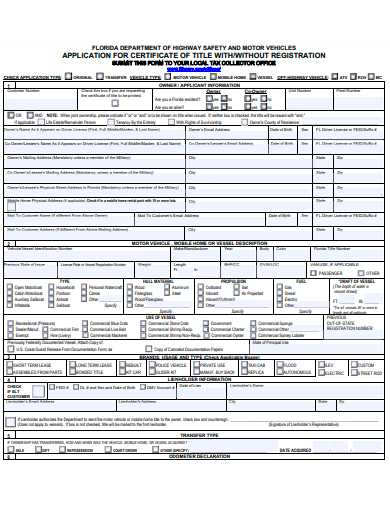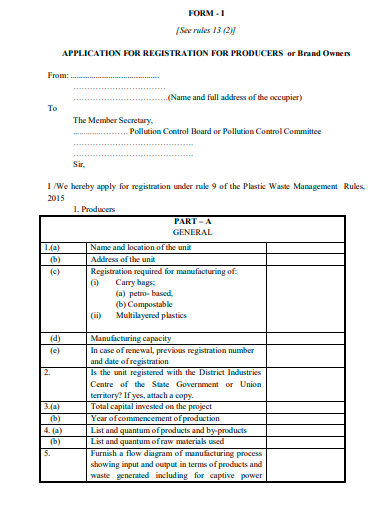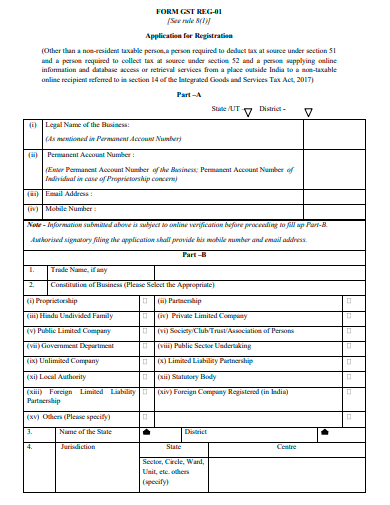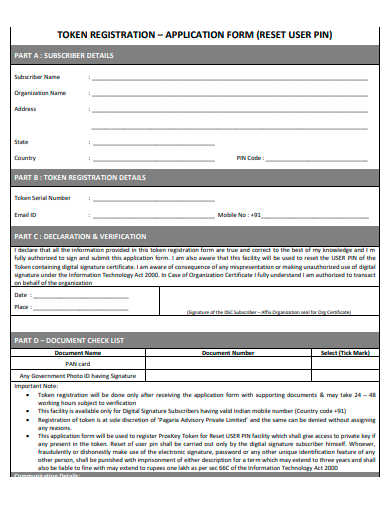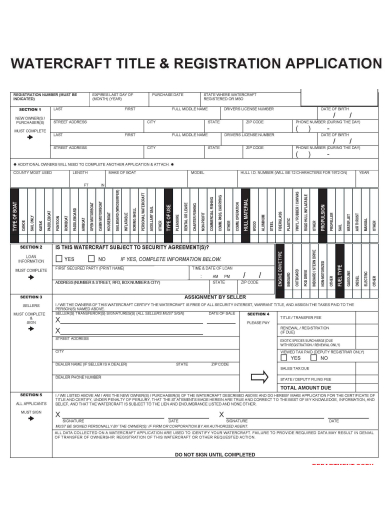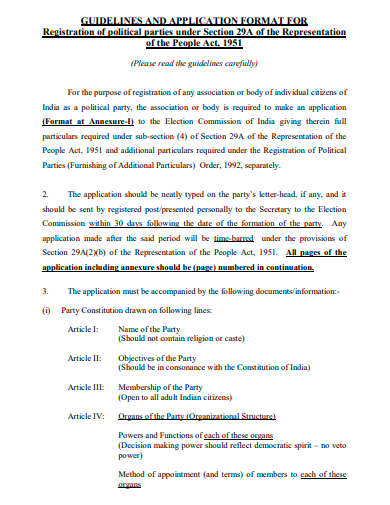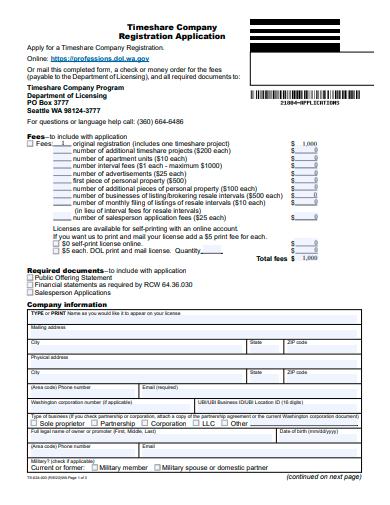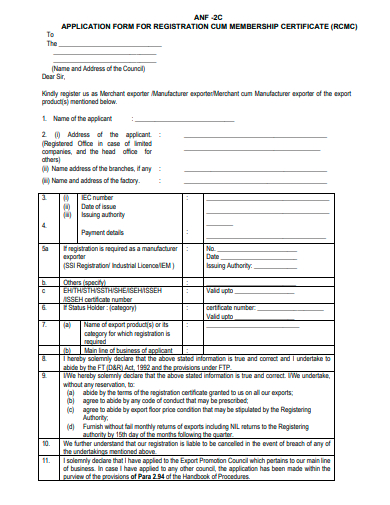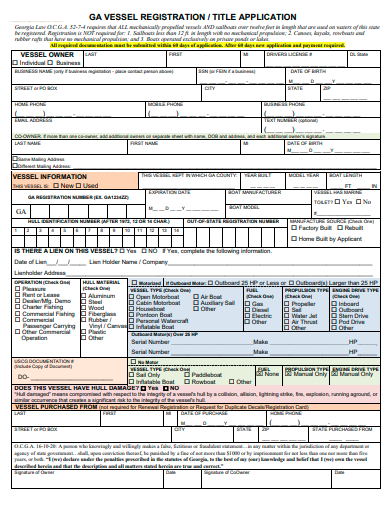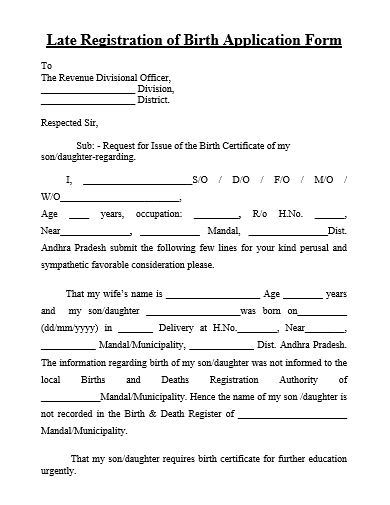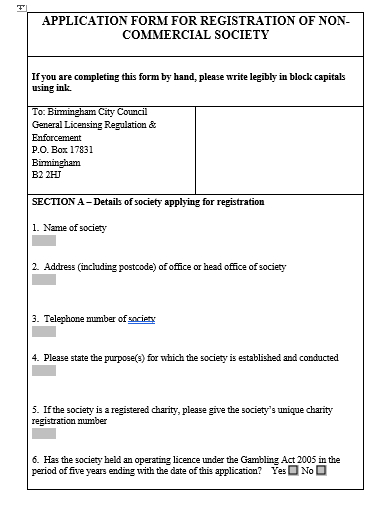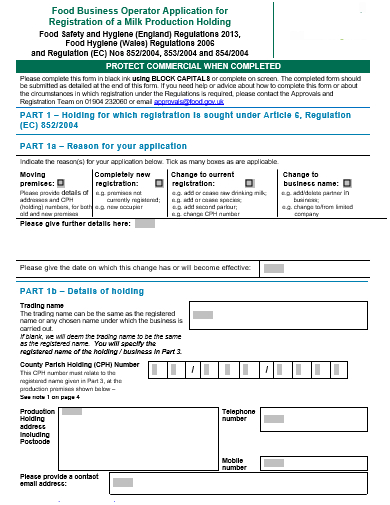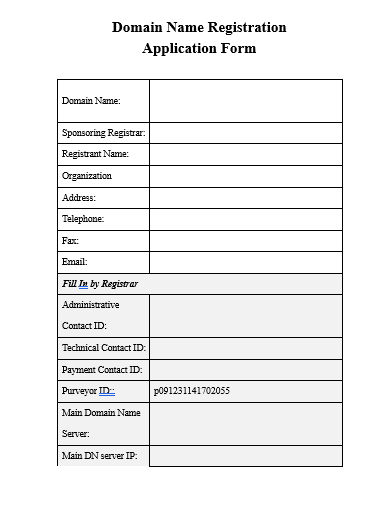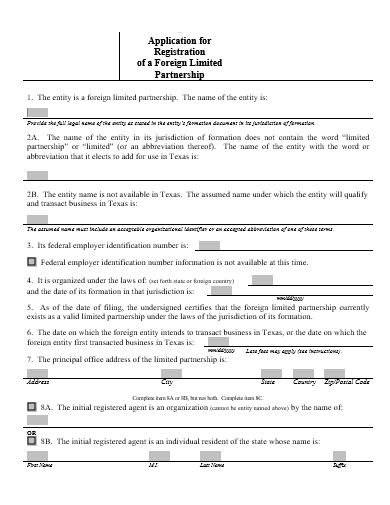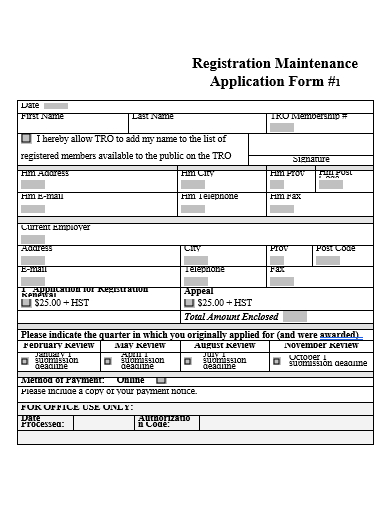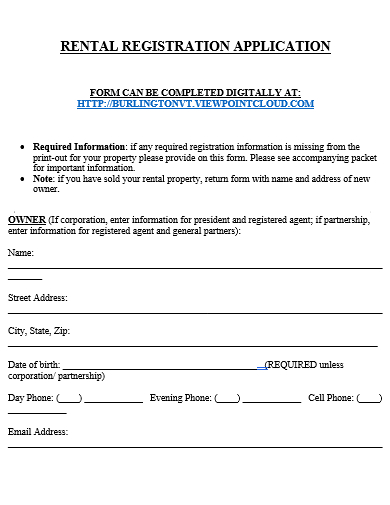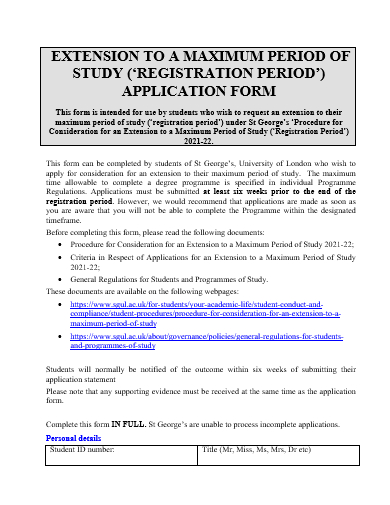Registration application samples can also help to ensure that data is collected accurately and consistently. By using standardized fields and drop-down menus, registration applications can reduce the risk of errors or inconsistencies in data tracking. This can help to improve the quality control of data, which in turn can lead to better decision-making and more effective program application.
50+ Registration Application Samples
1. VAT Registration Application Template
2. Registration Application Template
3. Sample Registration and Title Application Template
4. Simple Registration Application Template
5. Department of Revenue Registration Application Template
6. Business Registration Application Template
7. Vehicle Registration Application Template
8. Tax Registration Application Template
9. Fourth-Level Domain Registration Application Form Template
10. Registration of Antiquities Application Template
11. Mine Registration Application Template
12. Registration as University Student Application Form Template
13. Registration Application For Title Template
14. Motor Boat Registration Application Template
15. Registration of Society Application Template
16. Registration of Manufacturer Application Form Template
17. Sample Combined Registration Application Template
18. Registration Application Example
19. Registration of Clerk Application Form Template
20. Registration of Firms Application Template
21. Registration of Pharmacists Application Form Template
22. Marriage Registration Certificate Application Form Template
23. Employee Registration Application Template
24. Registration Certificate Application Form Template
25. Registration of Establishment Application Template
26. Registration Application and Mail-in-Ballot Request Template
27. Registration Initial Affidavit Application Template
28. Registration of Packers Application Template
29. Sample Voter Registration Application Template
30. Registration Application Format
31. Standard Registration Application Template
32. Mail-In Voter Registration Application Template
33. Vehicle Registration Title Application Template
34. Registration of Copyright Application Form Template
35. Formal Registration Application Template
36. Registration For Producers Application Template
37. Registration Application in PDF
38. Token Registration Application Form Template
39. Watercraft Title and Registration Application Template
40. Registration of Political Parties Application Template
41. Timeshare Company Registration Application Template
42. Membership Certificate Registration Application Form Template
43. Vessel Registration Title Application Template
44. Late Registration of Birth Application Form Template
45. Registration of Non-Commercial Society Application Form Template
46. Registration of Milk Production Application Template
47. Domain Name Registration Application Form Template
48. Registration of Foreign Limited Partnership Application Template
49. Registration Maintenance Application Form Template
50. Rental Registration Application Template
51. Study Registration Application Form Template
What is Registration Application?
A registration application is a type of software application that is designed to gather information from users and store that information in a database. Registration applications are commonly used by organizations to collect data from individuals who are interested in participating in a particular event or program.
How To Make Registration Application?
One of the key benefits of registration applications is their ability to streamline the process of data collection. Instead of relying on paper forms or manual data entry proposal, users can simply fill out a registration form online. This can save a significant amount of time and resources, both for the user and for the organization. Creating a registration application requires a number of technical and project work design skills. Here are some steps you can follow to create a basic registration application:
Step 1- Determine The Purpose and Requirements
Before starting to build the application, it is important to determine what information you want to collect from users, what features you need (such as payment agreement processing or planning reporting), and what the overall purpose of the application is. There are many different development platforms available for creating registration applications, such as Ruby on Rails, Django, or Laravel. Choose a platform that is appropriate for your skill level and the requirements of your application.
Step 2- Design The User Interface
Create wireframes or mockups of the user interface for your application. This will help you to plan out the layout, colors, and functionality of the application. Determine what data you will need to collect from users, and design a database schema that will allow you to store this data in an organized and efficient manner.
Step 3- Build the application
Using your chosen development platform, begin building the application according to your wireframes and database schema. Be sure to include all of the necessary functionality, such as form validation, payment processing, and reporting.
Step 4- Test and Debug the Application
Once the application is built, thoroughly test it to ensure that it is functioning correctly and that all features are working as intended. Fix any bugs or errors that you find. Finally, deploy the application to a server or hosting service so that users can access it. Be sure to secure the application and any sensitive user data that it collects.
What kind of information can be collected through a registration application?
The information that can be collected through a registration application depends on the requirements of the event or program. Commonly collected information includes name, address, phone number, email address, and payment information.
What are the benefits of using a registration application?
Using a registration application can help to streamline the process of collecting user data, improve data accuracy, process payments, and provide valuable insights into user behavior and preferences. It can also improve the user experience by providing a simple and streamlined registration process.
What features should a good registration application have?
A good registration application should include features such as form validation, payment processing, reporting, and user management. It should also be designed with a user-friendly interface and be able to integrate with other systems as needed.
In conclusion, registration applications are powerful tools that can help organizations to efficiently and effectively collect data from users. By streamlining the data collection process, ensuring data accuracy, processing payments, providing insights into user behavior and preferences, and improving the user experience, registration applications can play a valuable role in a wide range of organizations and programs.
Related Posts
FREE 20+ University Application Samples in MS Word | Google Docs | PDF
FREE 29+ Student Application Form Samples in PDF | MS Word
FREE 21+ Administrative Application Samples in MS Word | Apple Pages | PDF
FREE 21+ Teacher Application Samples in MS Word | Apple Pages | Outlook | PDF
FREE 25+ Transfer Application Samples in MS Word | Apple Pages | PDF
FREE 23+ Participation Application Samples in MS Word | PDF
FREE 14+ Patient Application Samples in MS Word | PDF
FREE 21+ Eligibility Application Samples in PDF
FREE 20+ Travel Application Samples in PDF | MS Word
FREE 25+ Sponsor Application Sampales in MS Word | Google Docs | Apple Pages | PDF
FREE 23+ Candidate Application Samples in PDF
FREE 33+ Committee Application Samples in PDF | MS Word
FREE 37+ Supplemental Application Samples in PDF | MS Word
FREE 37+ Product Application Samples in PDF | MS Word
FREE 33+ Visiting Application Samples in PDF | MS Word

